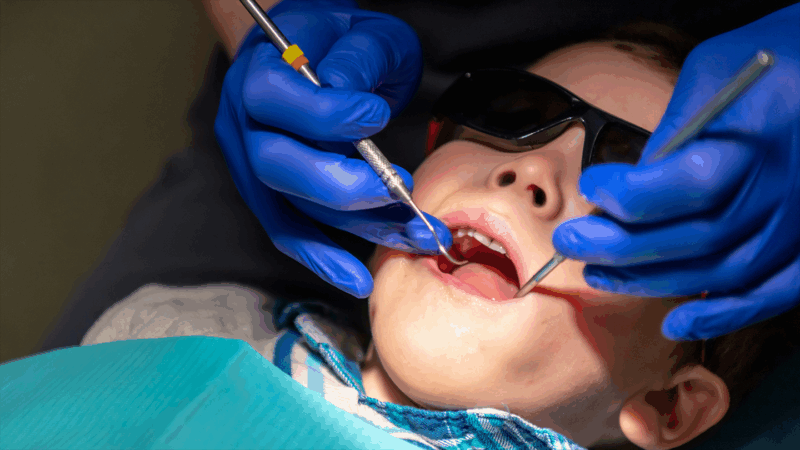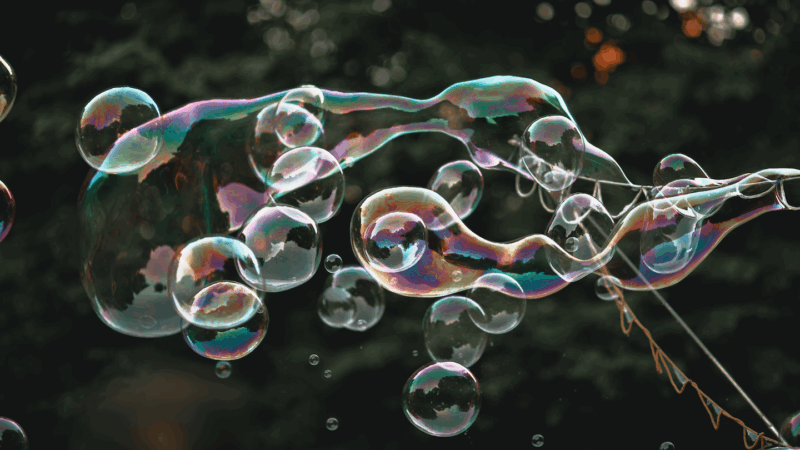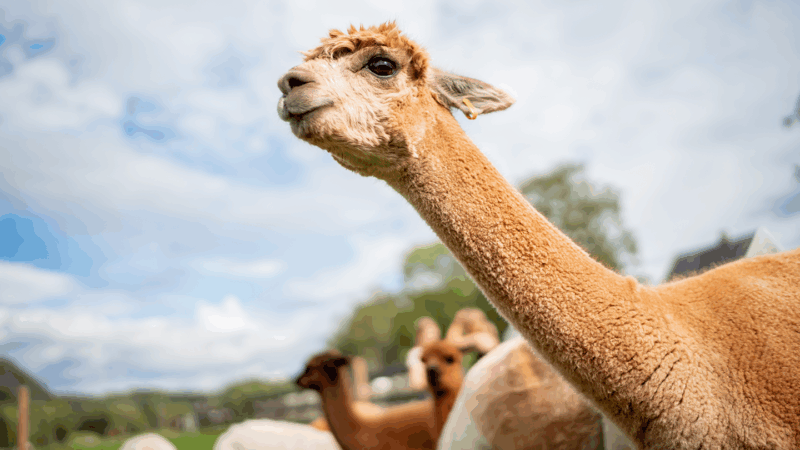[vc_row css_animation=”” row_type=”row” use_row_as_full_screen_section=”no” type=”full_width” angled_section=”no” text_align=”left” background_image_as_pattern=”without_pattern”][vc_column][vc_column_text]I have found that children are really interested in any science activity that explores the world of the gross and disgusting. In this activity, we will step boldly into this world. Our mission: answer the age old question – Why do feet stink? Yes, this was grossology at it’s best!
In an effort to better understand the science behind foot odor, we need to grow some of the bacteria from our feet. Bacteria are so small that about 1,000 could fit on the head of a pin. However, if you grow enough of them, you can see the group (colony) with the naked eye. This is a simple activity. Easy to do and plenty of opportunities to experiment.
Here’s What You Need
- Petri Dishes (one for each child is good)
- 1 Box of Unflavored Gelatin (you can find it at the grocery store)
- Cotton Swabs (one or two per child)
- Beef Bouillon Cube (optional)
- Stove or Hot Plate
- Clear tape
Here’s What You Do
We will grow our bacteria on something called agar. Agar serves as a place for the bacteria to grow and a source of food. The following instructions make enough agar for six petri dishes (adjust the measurements for your needs).
- Add one tablespoon of gelatin to one cup boiling water. If you have a beef bouillon cube, add it at this point. Stir the mixture until the gelatin and cube dissolve completely.
- Pour a thin layer of the liquid in each Petri dish and cover quickly to avoid contamination.
- Allow the gelatin to cool and set (30 minutes)
- Using the cotton swab, each student should swab the bottom of their feet (about a two-inch square area). There is now bacteria on the cotton swab!
- Now, we need to put the bacteria in the Petri dish. Open the Petri Dish and gently make streaks on the plate’s surface (make sure you use the swab with the bacteria on it). Use firm, but gentle pressure.
- Discard the Q-tip.
- Cover the Petri dish and tape down the cover with clear tape.
- Store the Petri Dish in a dark, warm, and dry place (a copy paper box works well).
Over the next five days, check the dishes and record the changes to the surface of the Petri dish. After a short time, you should begin to see small colonies of bacteria growing. When you have finished the activity, place the used Petri dishes in a plastic garbage bag and dispose of them in the garbage.
This activity can be extended beyond stinky feet. For example, you can collect samples of bacteria from your mouth or hands. In fact, you can grow different types of bacteria in the same Petri dish. You can also collect bacteria from places in your home or school (e.g. the doorknob, the toilet seat, the desk). Before beginning the activity, try to guess which areas will have the most bacteria.
The Science Behind Stinky Feet
So…why do our feet develop that marvelous odor? Well, it all boils down to sweat and bacteria. Your foot is one of the sweatiest parts of your body. There are more than 250,000 sweat glands on each of your feet. That’s a lot of sweat. In fact, one foot can produce more than a pint of sweat each day! Now, sweat doesn’t really smell. It’s basically just salt water. However, there are bacteria that enjoy eating sweat, and the human body has more bacteria than it has cells. For these bacteria, our feet are basically a sweat smörgåsbord! Like most other organisms that eat, bacteria also excrete waste. That funky foot smell is actually the odor of this waste. The next time somebody wants to know why her/his feet smell, you and your children will know the answer.[/vc_column_text][/vc_column][/vc_row]

















